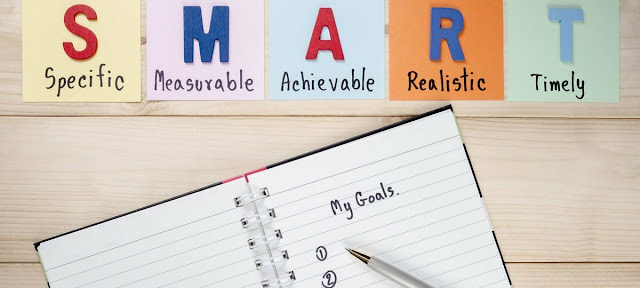Is Dictation Just an Old-Fashioned Teaching Strategy?
Teach Starter recently received a resource request to create some dictation passages. This stimulated some discussion in the Teach Starter office. We began to ask ourselves: How many teachers still use dictation as a teaching tool in their classrooms? How many teachers would consider dictation a waste of time, boring for the students, a ‘teacher-centered’ task? With today’s over-crowded curriculum, it is little wonder that traditional teaching strategies such as dictation are being increasingly pushed aside. This blog post will outline what dictation is, why it is considered beneficial, and some ways that teachers can extend upon the traditional methods of delivering dictation.
What is Dictation?
Dictation refers to a person (usually the teacher) reading a small piece of text aloud so that the listeners (the students) can write down what is being said. Once completed, the students check their own text against the original passage and correct any errors made. While this strategy has its benefits, there are alternatives to this traditional method of delivery. It is possible to make dictation a more ‘learner-driven’ activity, consolidating a variety of skills in the process.
How to Dictate
- Read the whole text once at a slightly reduced speed. Students listen.
- Read the text again clearly, phrase by phrase. Students begin to write down what is being said. Provide students with a reasonable amount of time to finish one phrase before starting another.
- Read the whole text again. Allow time for the students to review what they have written and to check for spelling, punctuation and grammar.
- Display the text on the board so students can check and correct their writing.
Having the students compare their version of the text to the original can increase their ability to notice aspects of language with which they struggle. Some areas students may find challenging include applying common spelling rules, using correct sentence punctuation and identifying grammar conventions.
Extending on the Traditional Dictation Strategy
Introducing New Language – use dictation to introduce new language to students. After the students have checked their writing, allow them to circle any words they are unsure of. Encourage them to use their dictionaries to discover the meanings of these unfamiliar words.
Note Taking – ask students to take notes whilst listening to a text being dictated. The idea is that through the note-taking process, students will learn to identify the most important words and phrases in the passage. Extend this task by asking the students to use their notes to rewrite the text in their own words.
Students Dictate – allow students to dictate a text to each other in pairs. This assists in the development of speaking and pronunciation skills. It also allows the students to play a more active role in the task.
Intensive Dictation – when reading a text, ask students to write down examples of the particular language feature you wish to focus on. For example, students may be instructed to write down any verbs they hear in the passage.
Quick Dictations – vary the types of texts you choose as dictation tasks. Use shopping lists, appointment schedules, book and film reviews, product descriptions… the possibilities are endless!
Imaginary Podcast – pretend that the dictation text is being read out via a Podcast. As you read the text, the students call out instructions such as, ‘stop’, ‘rewind’, ‘play’, ‘pause’ – just as if they were listening to an iPod.
Dictogloss – dictogloss is a classroom dictation activity where students work together to reconstruct a short text.
- Read the text to the students. Students only listen; they do not write anything down.
- When you have finished, ask the students to write down as much of the passage as they remember.
- Reread the text. When you have finished, allow the students to write down any additional information that they forgot the last time.
- Place the students into pairs. Allow them to compare notes and try to recreate the passage in full.
- Reread the text to the students one more time (again, students just listen). Give them some time to add to their final version.
Running Dictation – students work in pairs to recreate a passage of text.
- Print out a copy of a text and display it at the front of the classroom.
- Students work in pairs. One person is the writer, the other is the ‘runner’.
- The runner runs to the front of the classroom and tries to memorize the first sentence. They then return to their partner and report what they have read.
- This continues until the text is complete. If a student forgets their train of thought, they can run back to the text.
- At the end, display the passage on the board (large enough for everyone to read). Students then check their work.
Teach Starter Resources
We have created a fantastic dictation resource for each year level. Use these passages for your dictation activities in your classroom:
We would love to hear from our members about other ways you use dictation passages in your classrooms. Let us know by posting a comment on this blog.
Ideas and activities were generated with the help of the following informative blog articles:
- Dictation by TEFL.net
- 10 Dictation Activities for EFL classes by Online TEFL Training




Comments
Post a Comment